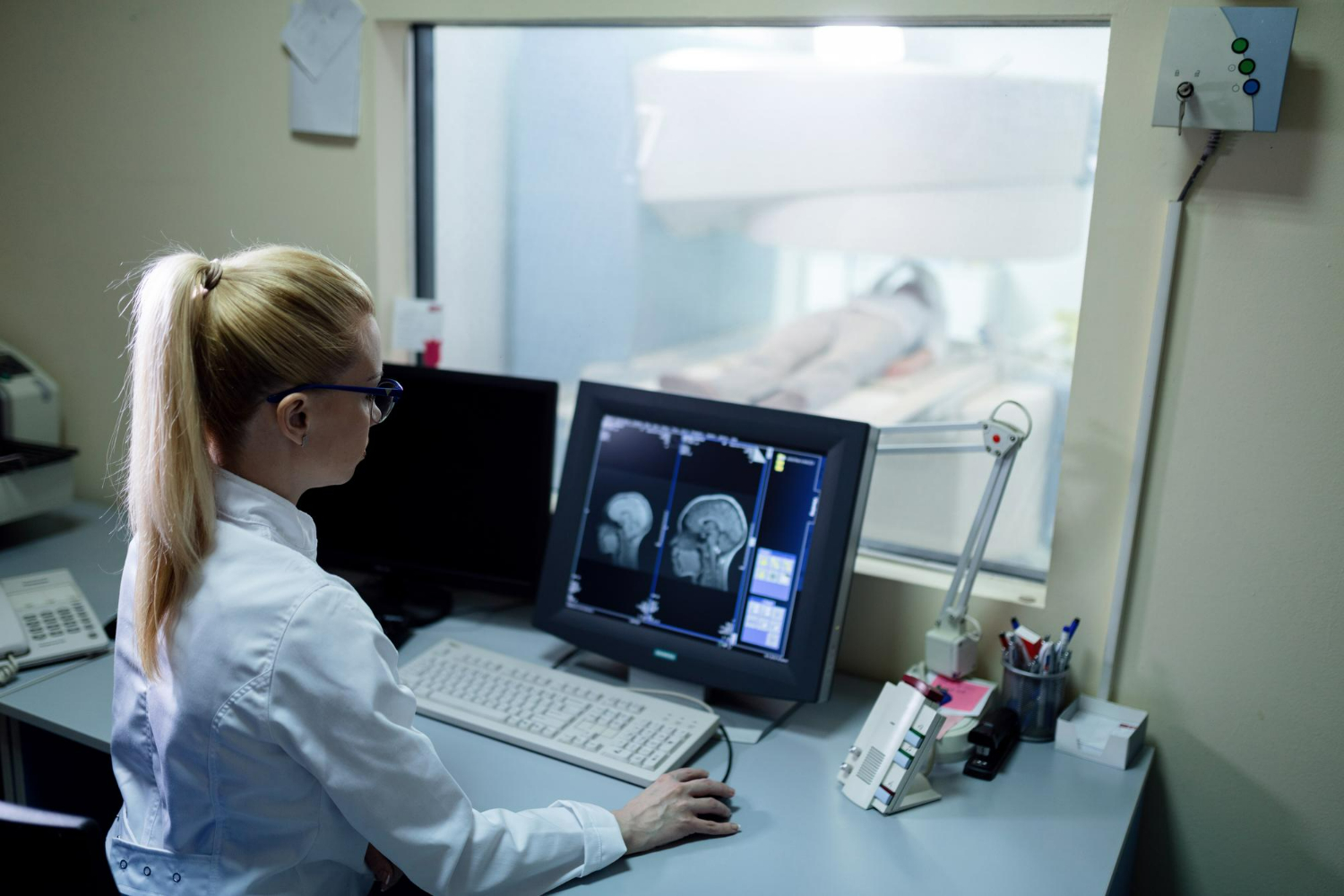Introduction
Pleurisy, characterized by inflammation of the pleura surrounding the lungs, often arises in conjunction with respiratory infections. This article delves into the intricate connection between pleurisy and respiratory infections, shedding light on their interplay and implications for diagnosis and treatment.
Understanding Pleurisy
Anatomy of the Pleura
The pleura, comprising the parietal and visceral layers, encases the lungs and facilitates smooth movement during breathing. Inflammation of this membrane leads to pleurisy, resulting in chest pain and respiratory distress.
Causes of Pleurisy
Pleurisy can stem from various factors, including infections, inflammatory conditions, trauma, and pulmonary embolism. Understanding the underlying cause is crucial for effective management.
Respiratory Infections
Types of Respiratory Infections
Respiratory infections encompass a broad spectrum of illnesses affecting the respiratory tract, ranging from the common cold to severe pneumonia. These infections may be viral, bacterial, or fungal in origin.
Common Symptoms
Symptoms of respiratory infections vary but often include coughing, sneezing, sore throat, fever, nasal congestion, and difficulty breathing. In severe cases, complications such as pneumonia may arise.
The Connection Between Pleurisy and Respiratory Infections
Direct Infection of the Pleura
Respiratory pathogens can directly infect the pleura, triggering an inflammatory response and causing pleurisy. The infiltration of infectious agents into the pleural space leads to irritation and inflammation of the pleural membranes.
Inflammatory Response in the Lungs
Even in cases where the infection primarily affects the lungs, inflammatory mediators released during the immune response can spill over into the pleura, exacerbating inflammation and precipitating pleurisy.
Pneumonia and Pleurisy: A Common Association
Pleurisy often accompanies pneumonia, particularly in cases of bacterial pneumonia. The spread of infection to the pleura can result in pleurisy, complicating the clinical course and management of pneumonia.
Pleurisy as a Complication of Pneumonia
In pneumonia, the inflamed lung tissue can extend to the pleura, causing irritation and inflammation. Pleurisy manifests as sharp chest pain exacerbated by breathing or coughing, often accompanying the typical symptoms of pneumonia.
Shared Risk Factors and Pathophysiology
Certain risk factors predispose individuals to both pneumonia and pleurisy, including advanced age, immunocompromised status, and underlying chronic illnesses. Understanding the common pathophysiological mechanisms underlying these conditions informs treatment strategies and prognostication.
Viral Respiratory Infections and Pleurisy
Viral respiratory infections, such as influenza and respiratory syncytial virus (RSV), can precipitate pleurisy through direct viral invasion or secondary bacterial infection. Studies have documented cases of pleurisy associated with viral respiratory illnesses, highlighting the importance of vigilance in clinical practice.
Impact of Viral Infections on Pleura
Viral respiratory infections elicit an inflammatory response in the respiratory tract, which can extend to the pleura. The release of cytokines and chemokines triggers an immune cascade, contributing to pleural inflammation and the development of pleurisy.
Case Studies and Research Findings
Clinical observations and research studies have elucidated the link between viral respiratory infections and pleurisy. Case reports document instances of pleurisy complicating viral illnesses, underscoring the need for comprehensive evaluation and management in affected individuals.
Bacterial Respiratory Infections and Pleurisy
Mechanisms of Bacterial Infection in the Pleura
Bacterial respiratory infections, such as bacterial pneumonia, can directly infect the pleura or result in secondary pleural involvement. Pathogens gain access to the pleural space via hematogenous spread, direct extension from adjacent lung tissue, or lymphatic dissemination.
Treatment Approaches and Complications
Management of pleurisy secondary to bacterial respiratory infections entails antimicrobial therapy targeting the causative pathogen. Prompt initiation of antibiotics is essential to prevent complications such as empyema, pleural effusion, or septicemia.
Prevention and Management Strategies
Vaccination Against Respiratory Pathogens
Vaccination against common respiratory pathogens, including influenza and Streptococcus pneumoniae, plays a crucial role in preventing respiratory infections and their associated complications, including pleurisy.
Prompt Treatment of Respiratory Infections
Early recognition and treatment of respiratory infections reduce the risk of pleural complications such as pleurisy. Timely initiation of appropriate antimicrobial therapy and supportive measures minimizes the severity and duration of illness, facilitating recovery.
Seeking Medical Attention for Pleurisy and Respiratory Infections
Recognizing Symptoms and Signs
Prompt recognition of symptoms suggestive of respiratory infections or pleurisy prompts timely medical evaluation and intervention. Chest pain, especially when accompanied by fever, cough, or difficulty breathing, warrants urgent medical attention.
Importance of Timely Diagnosis and Treatment
Timely diagnosis and treatment of pleurisy and underlying respiratory infections are paramount to prevent complications and expedite recovery. Healthcare providers play a crucial role in promptly evaluating and managing individuals with suspected pleurisy or respiratory infections.
Conclusion
The link between pleurisy and respiratory infections underscores the intricate interplay between infectious agents and the pleural membranes. Understanding the underlying mechanisms and risk factors informs clinical practice, guiding diagnostic and therapeutic interventions to optimize patient outcomes. Vigilance in recognizing symptoms, prompt medical evaluation, and timely intervention are essential in mitigating the morbidity associated with pleurisy and respiratory infections.


















